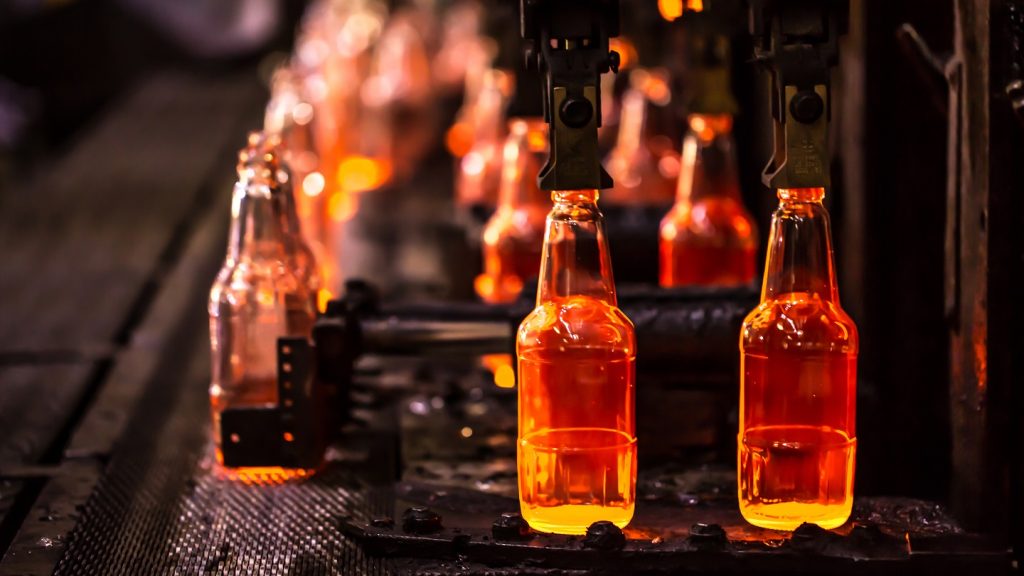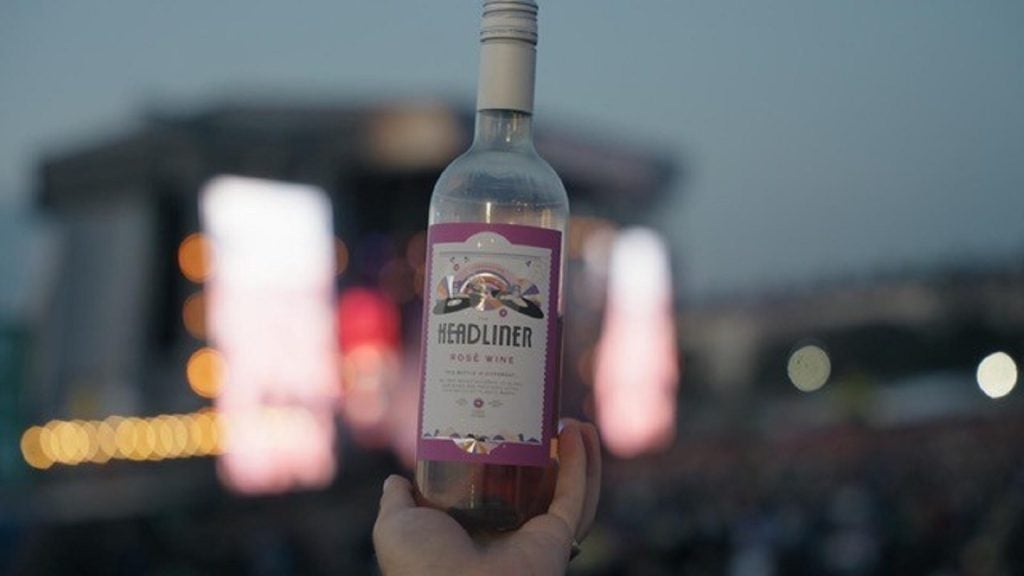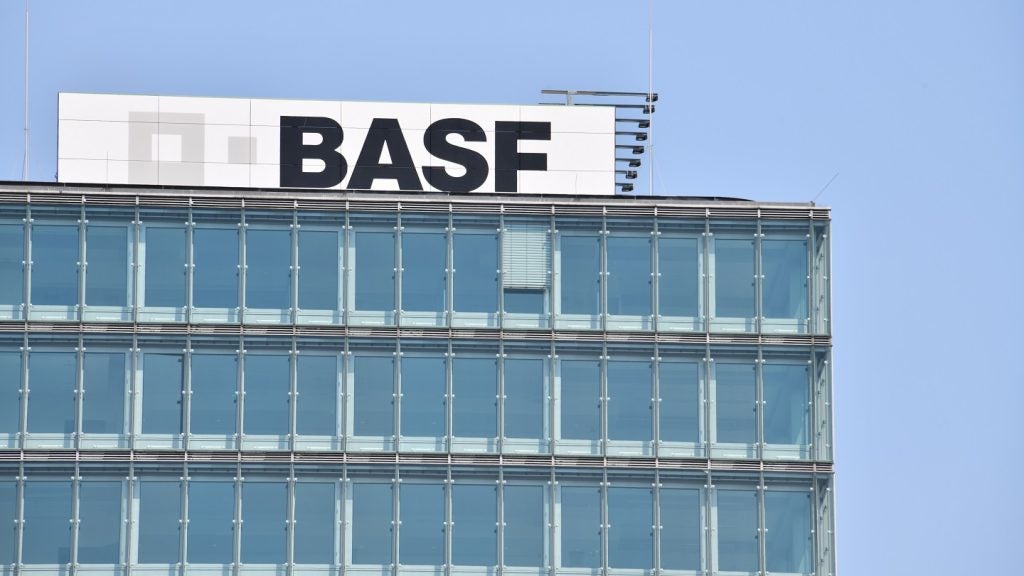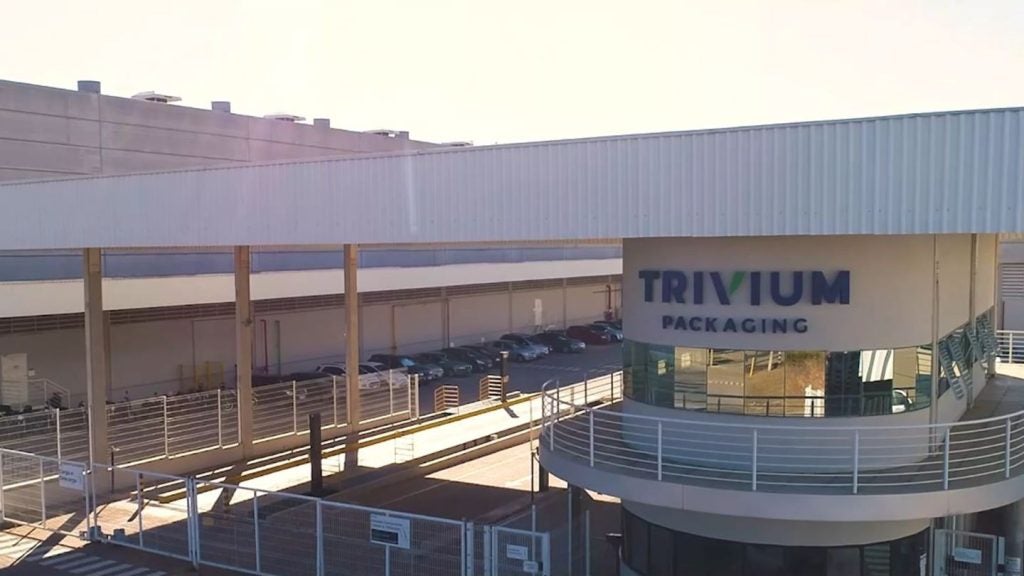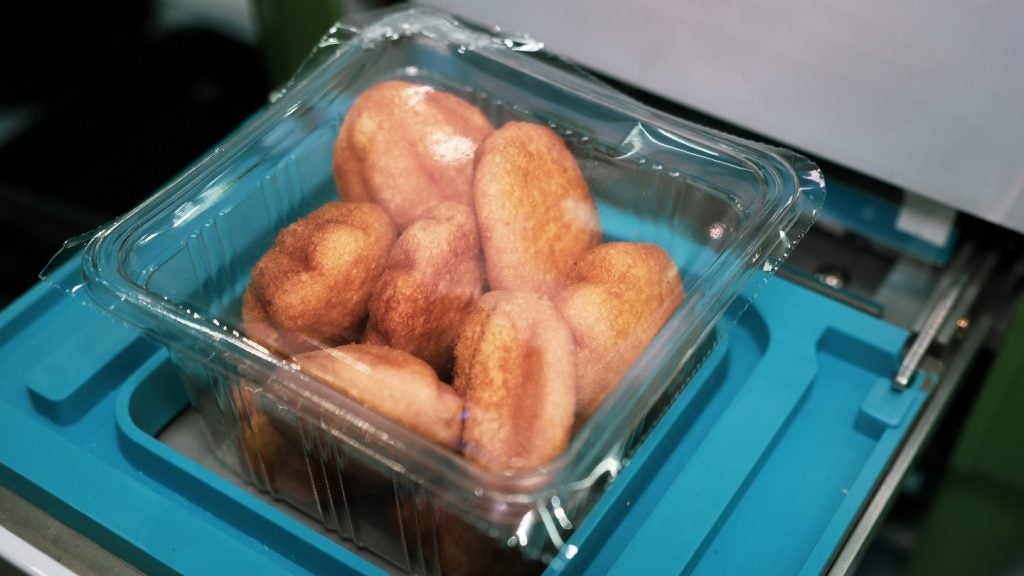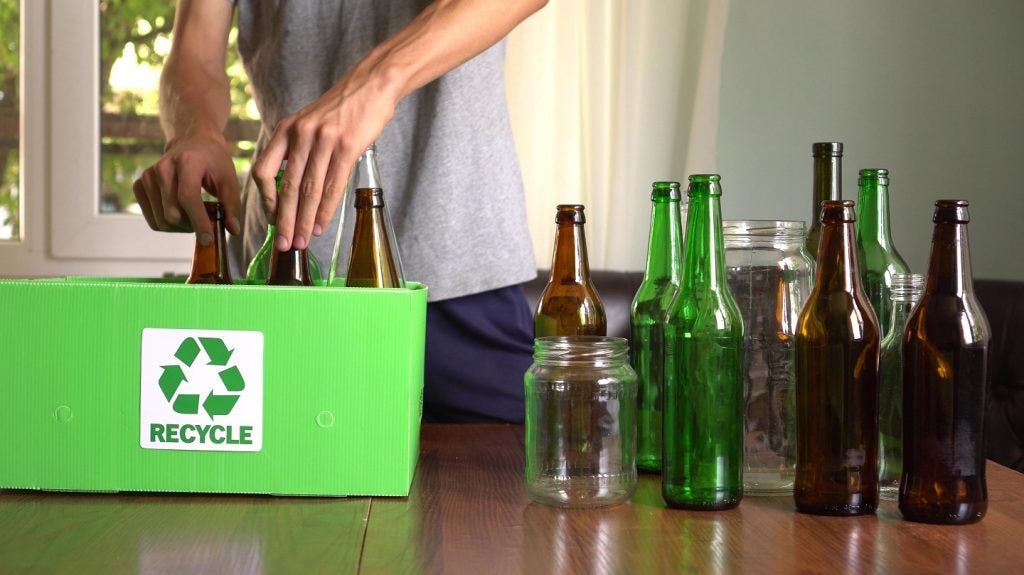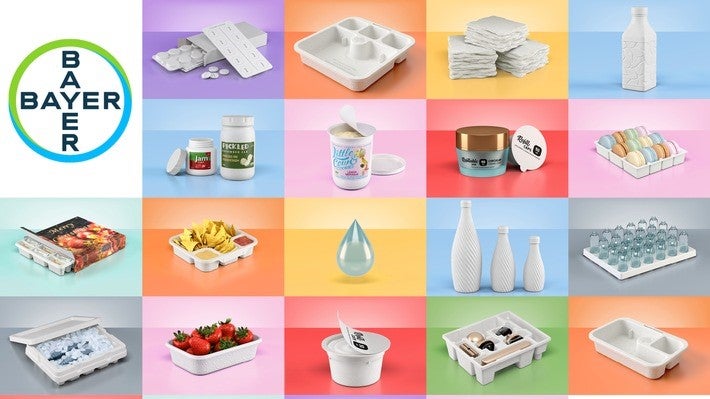Ardagh Glass Packaging-Europe (AGP-Europe), a division of Ardagh Group, has announced a 64% reduction in carbon dioxide (CO₂) emissions from glass bottles produced using its NextGen Furnace.
This move has reportedly resulted in an approximate saving of 18,000 tonnes (t) of CO₂ since the beginning of 2024.
Located at AGP-Obernkirchen in Germany, the NextGen Furnace started commercial operation in October 2023 and officially opened in November.
The furnace is progressively increasing its use of direct electrical heating through electrodes and is currently operating with an average of 60% electrical heating, which is a milestone achieved with the support of furnace supplier SORG.
AGP-Europe aims for 80% electrical heating and 20% gas in the furnace.
The company funded the furnace through the Federal Ministry for Economic Affairs and Climate Action of Germany's 'Decarbonisation of Industry' programme, which is managed by the Competence Centre on Climate Change Mitigation in Energy-Intensive Industries, as well as the 'NextGeneration EU' European Innovation Fund.
The NextGen Furnace is capable of producing up to 350t of amber glass, utilising up to 70% recycled glass cullet.
AGP-Europe R&D project manager Joris Goossens said: "Ramping up the electrical heating in the NextGen Furnace has not been an easy journey. In a conventional furnace, the combustion space is hotter than the glass, but in the NextGen Furnace, the glass gets hotter than the combustion space: the furnace is effectively upside down. We have been navigating uncharted territory.”
According to AGP-Europe, the furnace has garnered attention from key customers, industry peers, and suppliers, as well as government officials who have visited Obernkirchen to discuss the expansion of this technology to other AGP facilities.
The company plans to implement hybrid and other sustainable melting technologies in its furnace rebuilds starting in 2027, contingent on the availability of suitable electrical infrastructure.
AGP-Europe furnace operation manager Sven-Roger Kahl said: "The NextGen design, which features electrodes in the bottom of the furnace, has challenged traditional furnace operating rules. It has been like learning to drive again, but it has been worth the effort to reach our goal of low-carbon glass packaging.”


